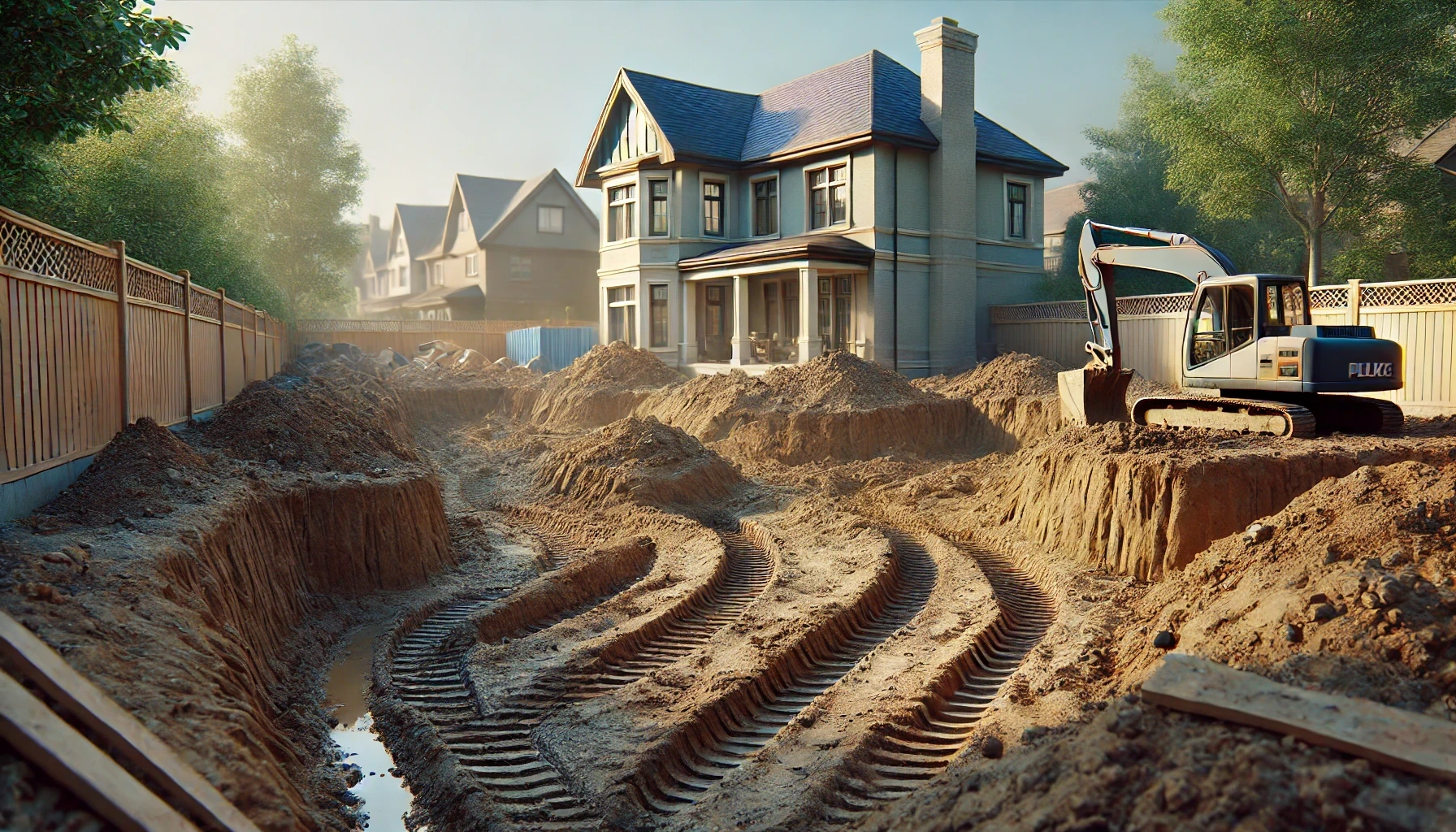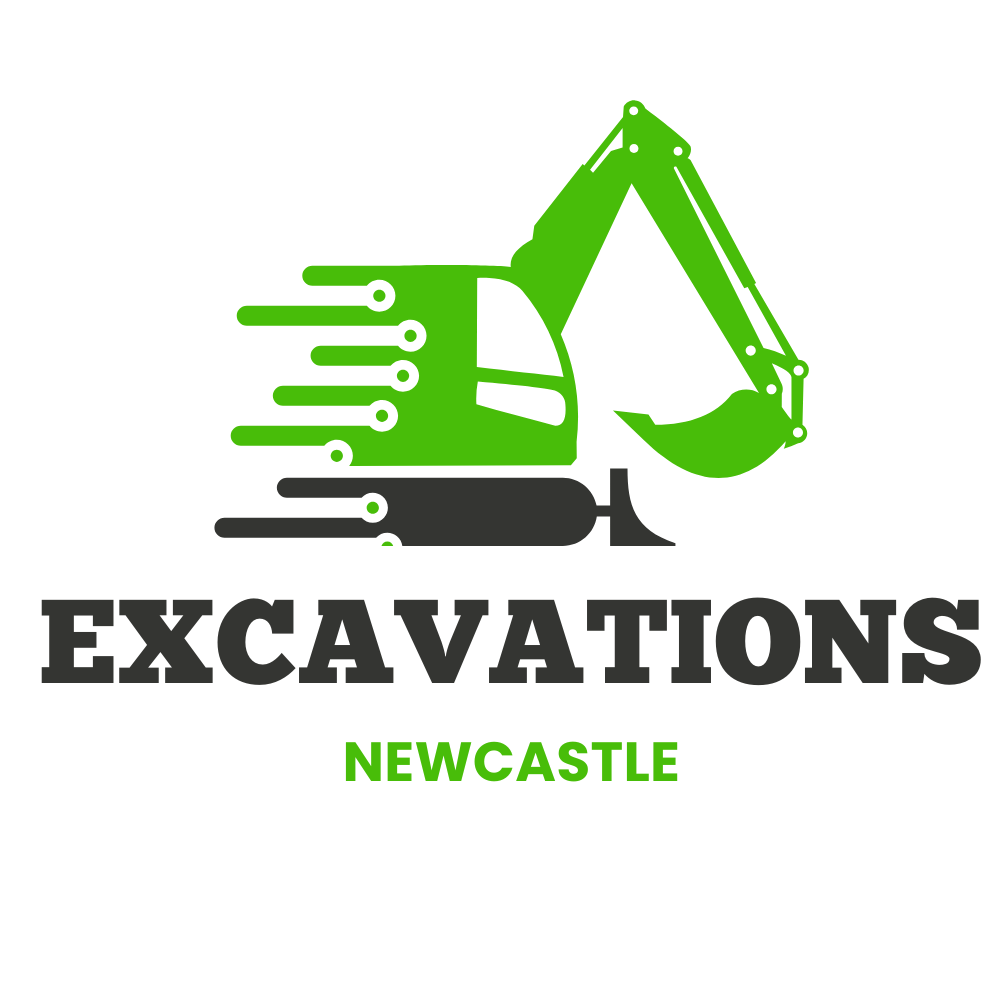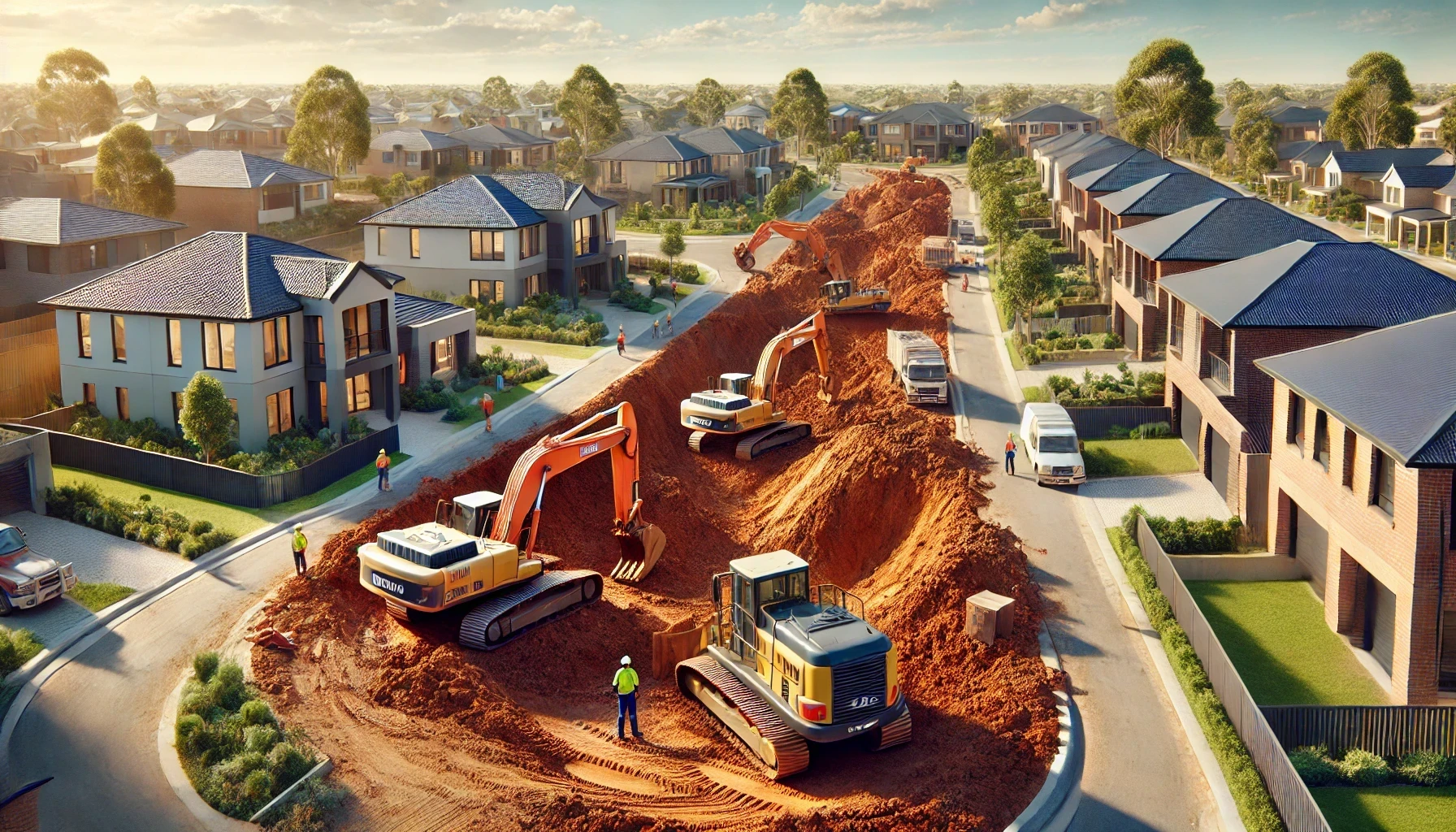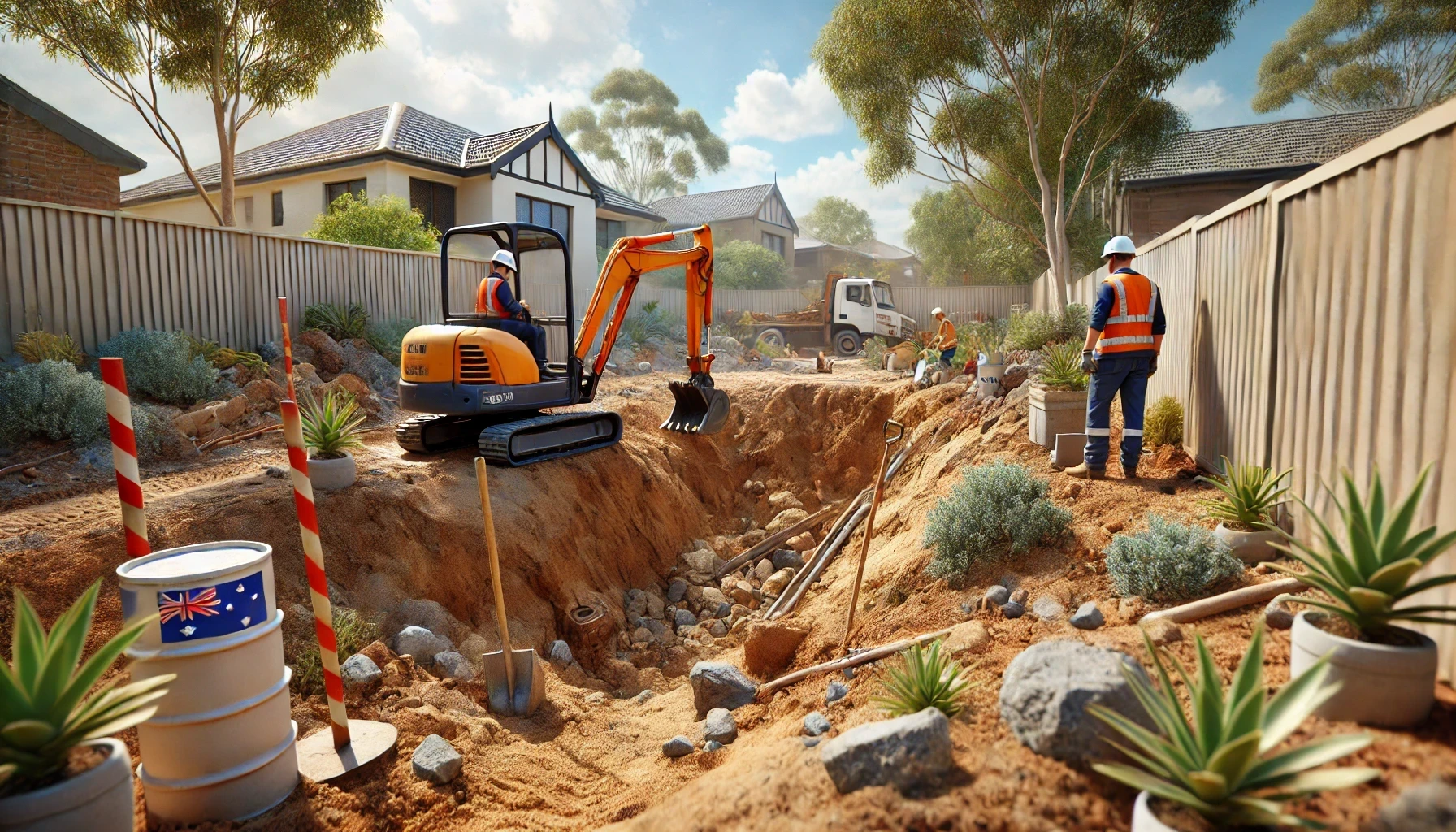How to Excavate Your Backyard: Easy Expert Tips
Excavating your backyard can transform your outdoor space, creating room for new features or improving drainage. As experts in excavation, we at Excavations Newcastle have helped countless homeowners in Newcastle, NSW and across the Hunter Valley enhance their properties through careful digging and earthmoving.

Proper planning and execution are crucial for a successful backyard excavation project. We'll guide you through the essential steps, from assessing your yard's terrain to selecting the right equipment for the job.
Safety is paramount when undertaking any excavation work. We'll cover important precautions to take, including checking for underground utilities and ensuring proper soil stability. Our team has the expertise to handle even the most challenging backyard terrains.
Key Takeaways
- Careful planning is essential for a successful backyard excavation project
- Proper equipment selection and safety precautions are crucial
- Professional expertise can help navigate challenges and ensure optimal results
Planning Your Excavation
Proper planning is crucial for a successful backyard excavation project. We'll guide you through the essential steps to ensure your project runs smoothly and safely.
Understanding Local Regulations
Before breaking ground, we must check local regulations. Contact the relevant city council to enquire about permits and zoning laws. They can provide information on setback requirements and utility line locations.
We always recommend obtaining written approval before starting any excavation work. This protects you from potential legal issues and ensures compliance with local ordinances.
It's also important to consider environmental factors. Check if your property is in a flood-prone area or has protected vegetation. These factors may impact your excavation plans.
Designing Your Excavation Project
Start by creating a detailed sketch of your backyard. Include existing structures, trees, and utility lines. Mark the areas you plan to excavate and note the desired depth.
Consider the purpose of your excavation. Are you creating a level area for a patio? Installing a pool? Each project has unique requirements we must account for in the design phase.
We recommend consulting with a professional to refine your design. They can help optimise the layout and suggest practical solutions for drainage and soil stability.
Selecting the Right Equipment
Choosing appropriate equipment is vital for efficiency and safety. For small projects, hand tools like shovels and picks may suffice. Larger jobs often require heavy machinery.
Common excavation equipment includes:
- Backhoes
- Excavators
- Skid steers
- Bulldozers
We select equipment based on project size, soil type, and access to your backyard. Narrow entrances may limit the size of machinery we can use.
Consider renting equipment if you're tackling the project yourself. However, operating heavy machinery requires skill and experience. We always prioritise safety and recommend professional assistance for complex excavations.
Executing the Excavation
Proper execution of a backyard excavation requires careful planning, adherence to safety protocols, and attention to post-excavation details. Below we'll guide you through the key steps we normally take to ensure a successful project.
Preparing the Site
We begin by marking out the excavation area with stakes and string. This provides a clear visual guide for the work ahead. Next, we identify and locate any underground utilities like water pipes, gas lines, or electrical cables. It's crucial to contact local utility companies for accurate information.
We then clear the site of any obstacles such as rocks, tree roots, or debris. This step prevents damage to equipment and ensures a smooth excavation process. If needed, we install temporary fencing to protect surrounding areas from debris and maintain site safety.
Lastly, we position our excavation equipment strategically, considering factors like soil type, depth of dig, and access points. This preparation minimises unnecessary movement and maximizes efficiency during the actual excavation.
Safety Procedures During Excavation
Safety is our top priority throughout the excavation process. We ensure all team members wear appropriate personal protective equipment, including hard hats, safety glasses, and steel-toed boots.
We implement a communication system using hand signals or radios to coordinate movements and alert workers to potential hazards. Regular safety briefings keep everyone informed and vigilant.
Proper shoring techniques are employed to prevent cave-ins for deeper excavations. We monitor soil stability continuously and adjust our approach as needed.
We maintain clear pathways for equipment and personnel to prevent trips and falls. Dust control measures, such as water spraying, are used to improve visibility and air quality on site.
Post-Excavation Landscaping
Once the excavation is complete, we focus on preparing the site for its intended use. This often involves grading the excavated area to ensure proper drainage and prevent water pooling.
We may add topsoil or other materials to improve soil quality for planting. If required, we install irrigation systems or drainage solutions at this stage.
For hardscaping projects, we lay a solid foundation using materials like crushed stone or sand. This provides a stable base for patios, walkways, or retaining walls.
Finally, we clean up the site, removing any excess soil or debris. We take care to restore any disturbed areas around the excavation, ensuring a seamless transition between the newly excavated space and the existing landscape.






